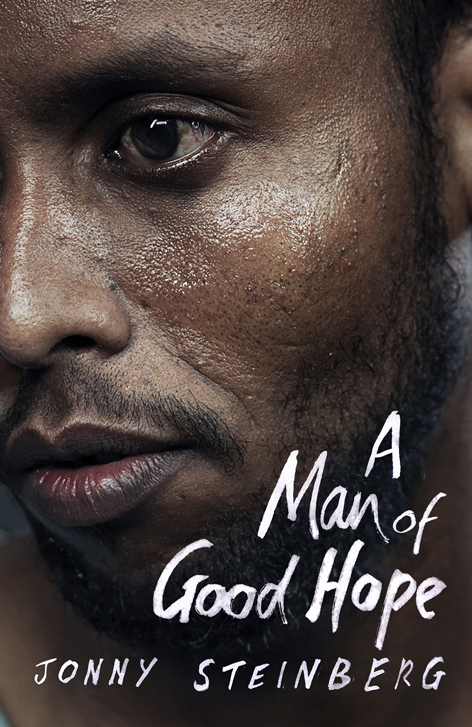Published by Jonathan Cape
“Why a country whose citizens share a common language, religion and long-standing heritage has torn itself to pieces,” writes prominent South African journalist Jonny Steinberg in this painstaking and humane memoir, “is the great question that hangs over Somalia.”
Steinberg tells the story of these upheavals by patiently reconstructing their effects on a single man, Asad Abdullahi.
When Asad was eight, he saw his mum shot dead at close range. With his father in hiding and his country ravaged by conflict, he became swept up in the great wave of migrations and evasions that have scattered his compatriots around the world.
In search of something to call his own, Asad grifts his way from Mogadishu to Kenya to Ethiopia to South Africa, a child virtually without belongings or family, who learns to live by his wits and – with the sometime support of the complex clan networks of the Somalian diaspora, which Steinberg elucidates with great clarity – hustle his way to a remarkable survival.
On the way, his story touches on genocide, female genital mutilation and the challenges of the post-apartheid transition to democracy.
Even in his long-dreamed-of promised land, South Africa, a country whose streets he had been led to believe are paved with gold, Asad’s modest success as a township shop owner is threatened by the violence of the local black population against the Somalian incomers.
This murderous racism, Steinberg speculates, may be a side effect of apartheid: “Perversely, xenophobia is a product of citizenship, the claiming of a new birthright. Finally we belong here and that means that you do not.”
Asad’s story is typical of the experience of hundreds of thousands of Somalians. The book is based on hundreds of hours of interviews and the author’s own journeys to the key places in Asad’s life. You come away from it full of admiration for the subject’s resilience and the writer’s forensic compassion, but not without a certain despair too.

